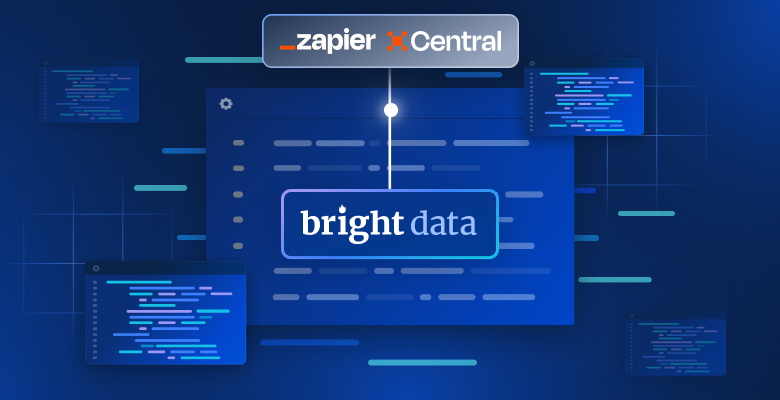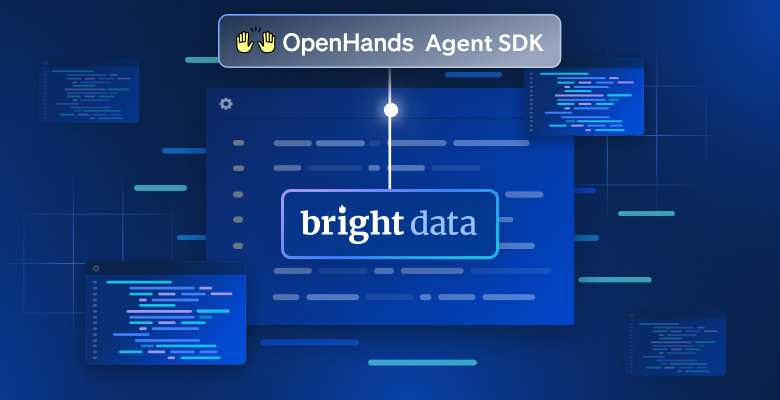Last week I was invited to participate in a PrivSec event panel in London. The panel addressed a topic very close to my heart, the topic of ethical advertising and marketing. We at Bright Data, use our platform to combat ad fraud head-on. Ad fraud has become a lucrative business for criminals – responsible for the loss of over 42 billion dollars during 2019 alone!
The panel kicked off with a simple question. What is the meaning of the word ethical?
The answer is much more variegated than you may think. It turns out that every person draws the ethical line differently. What may seem ethical to you is completely on the wrong side for someone else, even when discussing a purely legal matter.
The panel was led by John Mitchison, Director of Policy&Compliance at DMA.
Panel participants included: Marie Bradley, Operational Compliance Director at Adam&Eve, Gioriga Vulcano, EU Privacy Counsel, Coca Cola Company and Magali Feys, Chief Strategist, Ethical Data Use at Anonos.
So how do you define what’s ethical?
As Bright Data we look at this valuable word from three different angles:
- From the employee’s point of view which has a lot to do with organizational cultural/DNA and education.
- From the compliance point of view. We run several comprehensive compliance-focused processes including a stringent on-boarding procedure. We always want to ensure that customers joining our network are doing so for legitimate reasons.
- From the market educational point of view. We focus on spreading our expertise while promoting web-transparency across the globe. We partner with universities and research institutes, run free practical workshops worldwide as well as initiate and create purely professional forums.
Naturally the question of guidelines and clarity was raised in the room. How do you ensure clarity? How do you address all sides of the ethical equation early on? Here’s what my panel partners had to say:
“If your consumers know what you’re doing with your data, it will certainly build trust in your company and your products – you need to make them aware of it” Marie Bradley, Operational Compliance Director at Adam&Eve
“Before you even address the legal aspects, you must work with cross-functional teams from the very beginning. You need to get all the inputs across from the very initial stages of product development. This would help in addressing the legal aspects as well” – Gioriga Vulcano, EU Privacy Counsel, Coca Cola Company
“At this stage, it’s clear that we need to continue on the path of regulation. It helps us as an organization as well as our customers. It makes us work more efficiently. We need that clarity” Magali Feys, Chief Strategist, Ethical Data Use, Anonos.
Addressing questions in the room raised by the audience, it became evident that this topic will continue to actively involve all of us. Especially from the point of view of the moral question.
As a CEO the ethical questions occupy me a lot as I’m often asked how to assess a matter.
At Bright Data we promote transparency. If a use case promotes just that, we allow it. A simple guideline that has been leading us to date.
For example, you may take the case when a retail enterprise is seeking to research its market in order to price their offers attractively. Price comparison promotes transparency, which promotes open competition which then results in better pricing for the consumer – a complete win for the market as a whole.
Secondly and this is important. Many times, when addressing an ethical question I remove the “money-making” factor out of the equation. I basically divorce myself from the question of whether the company will make more money practicing one method or another. When looking at the case from this point of view, if the case seems ethical to me, I’m certain I’m in the right direction. Using this rule of thumb, (i.e. removing the money factor from the decision-making process) will always lead you in the right ethical direction. And with that to the result: The accurate ethical decision.
Have you ever tried it? Let me know if it worked for you.








